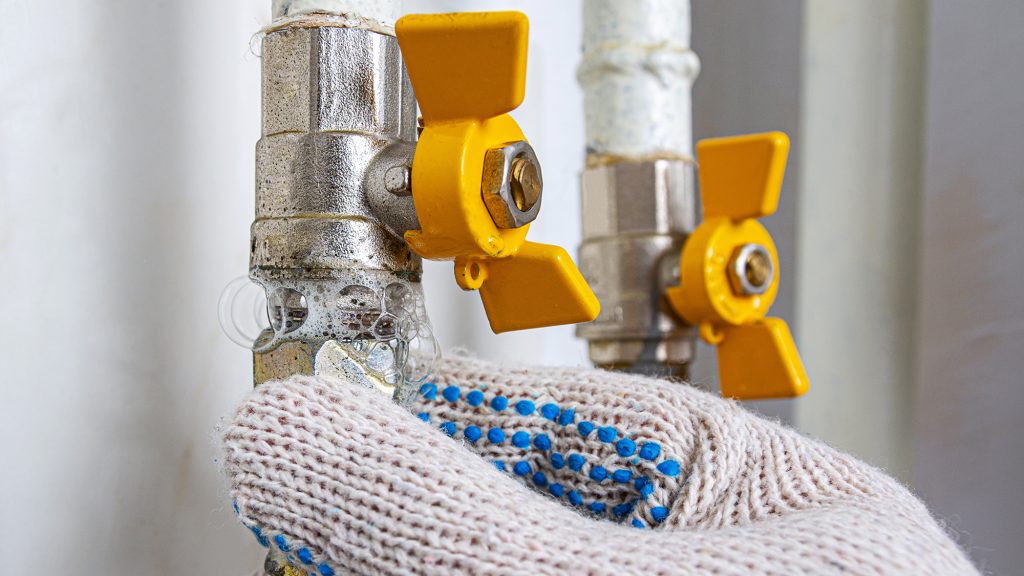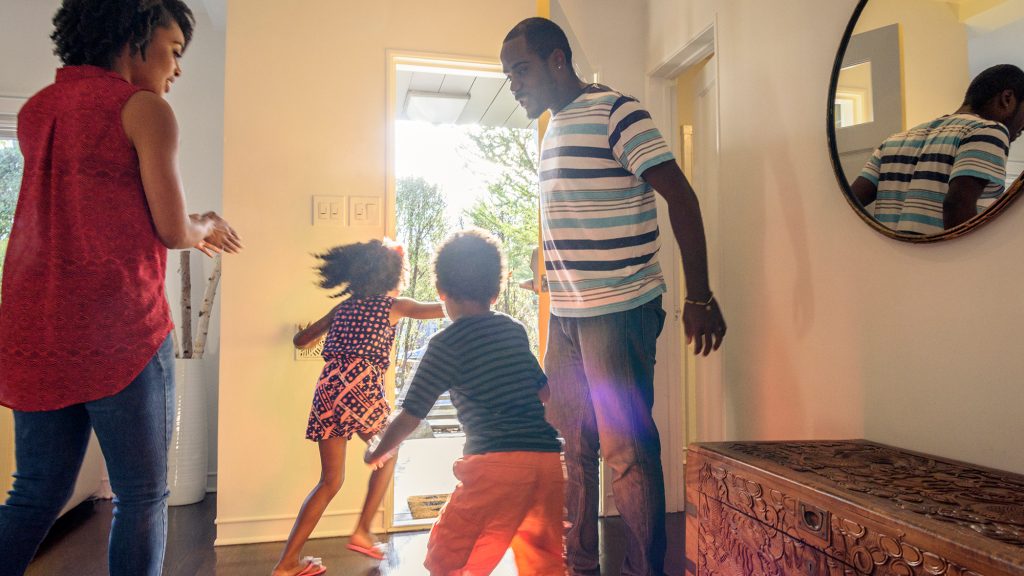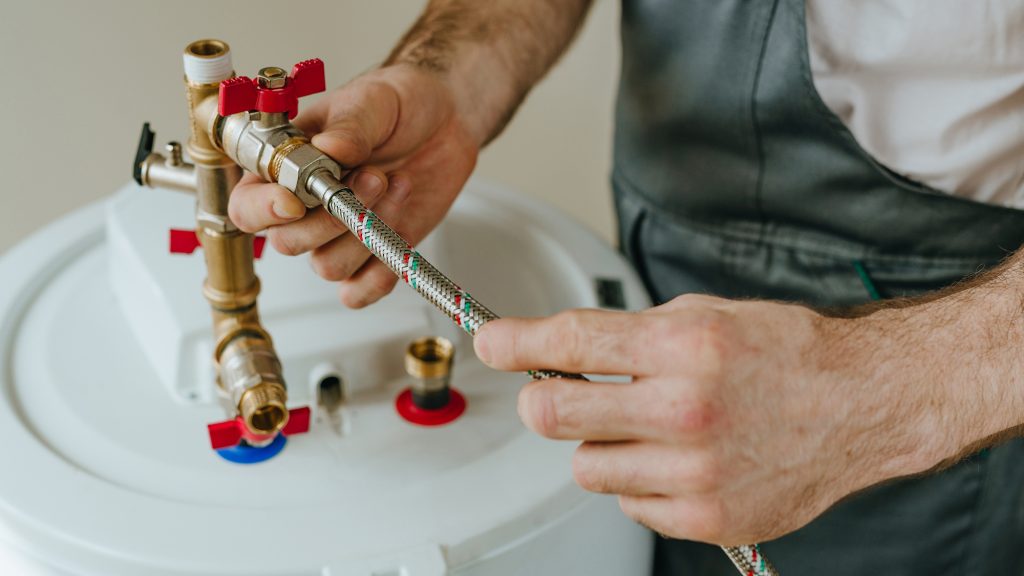How to Handle Gas Leaks
Natural gas is one of the cleanest and most efficient fossil fuels, and about half of American homes rely on it for heating and cooking. While it’s generally safe, improper use or leaks can turn this everyday energy source into a serious hazard.
The combustibility that makes natural gas so useful also makes it dangerous. A leak in your home can easily ignite or even explode. Improperly burned gas releases carbon monoxide — a colorless, odorless gas that can cause poisoning or death when inhaled in high concentrations. Fortunately, there are precautions you can take to protect your household. Installing carbon monoxide detectors, watching for warning signs, and knowing how to respond in an emergency can make all the difference.

Warning Signs of a Gas Leak
Beware of any sulfuric “rotten egg” smell. Gas companies artificially add this to natural gas and propane, which are naturally odorless, to make them easier to detect. The more pungent the smell, the more likely you have a leak. But lack of smell doesn’t mean you’re definitely in the clear; odorants can sometimes fade if absorbed or oxidized.
Natural gas prevents plant roots from absorbing oxygen, so watch for dead or dying plants near gas lines. Hissing sounds near pipes or appliances, especially when the appliance is turned off, might indicate a leak. If an outdoor pipe leaks, you might notice air bubbles in standing water as natural gas is released through the soil; you can also apply a soapy water solution to a specific pipe or connection to check for bubbles. Pay attention to your gas bill; an unexplained spike might point to a leak.
Finally, watch for symptoms of carbon monoxide poisoning, like unusual headaches and fatigue, nausea, dizziness, and confusion — especially if they worsen when you go home and improve when you leave.

If You Suspect a Gas Leak
Immediately leave the house, taking all occupants with you and leaving doors open. Do not interact with any electronics, such as light switches or phones, inside the house, and do not try to fix the leak yourself. Once you’re safely outside, call your utility company’s emergency line so they can send an inspector. Do not go back in until a professional gives the OK.
If anyone shows severe signs of carbon monoxide poisoning, call 911. See your primary care doctor for mild symptoms; effects may be delayed. Carbon monoxide poisoning symptoms include:
- Headache, dizziness, or confusion
- Weakness or sleepiness
- Nausea or vomiting
- Shortness of breath
- Blurred vision
- Loss of muscle control or loss of consciousness

How Insurance May Help
Homeowners’ insurance often covers property damage caused by a gas-related fire or explosion, but it typically won’t cover repairing the leak itself unless the leak results from a covered event like an earthquake or hailstorm.
As the homeowner, it’s your responsibility to:
- Perform routine maintenance on gas appliances.
- Ensure appliances are installed correctly.
- Watch for signs of wear and tear.
Appliance warranties may cover certain repair or replacement costs. Ask your insurer about the specifics of your policy.
Natural gas is a valuable and efficient energy source, but it must be used sensibly. Install carbon monoxide detectors, inspect your gas appliances regularly, and learn how to respond quickly in an emergency. When it comes to safety, it’s always better to be safe than sorry.
Review how to heat your home safely to avoid gas leaks and other fire hazards.
Coverage and discounts are subject to qualifications and policy terms and may vary by situation.



